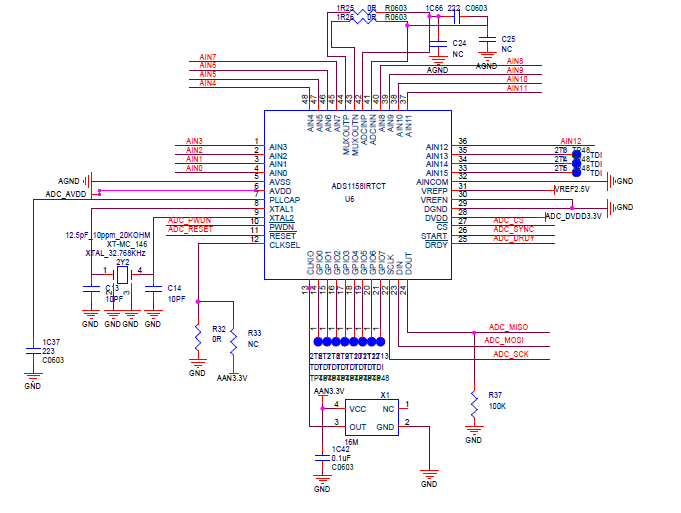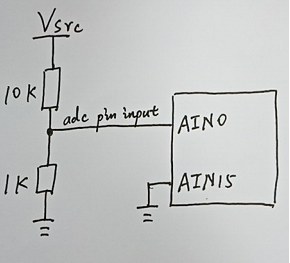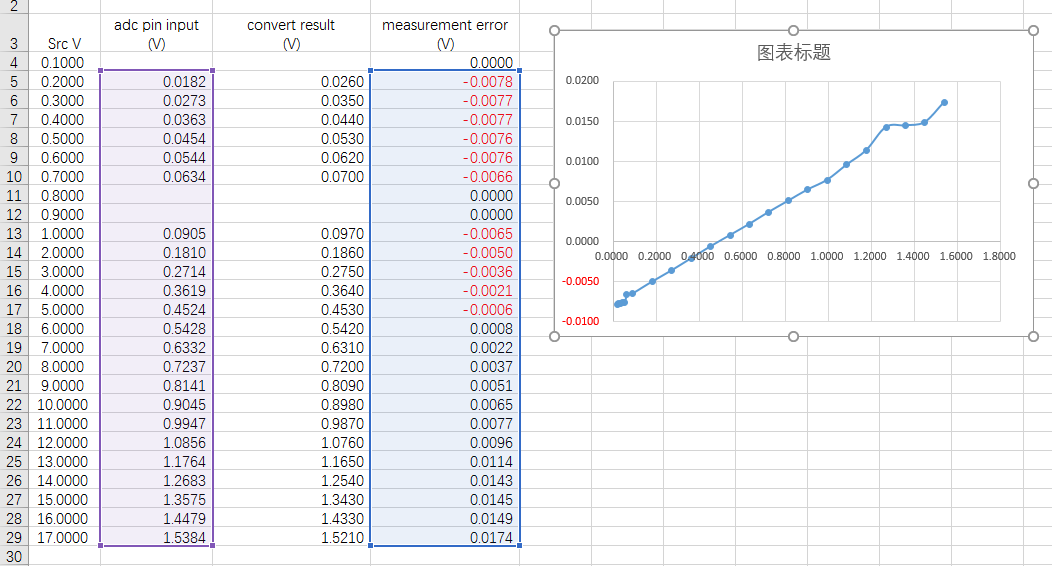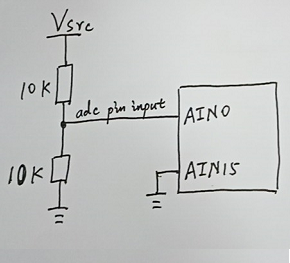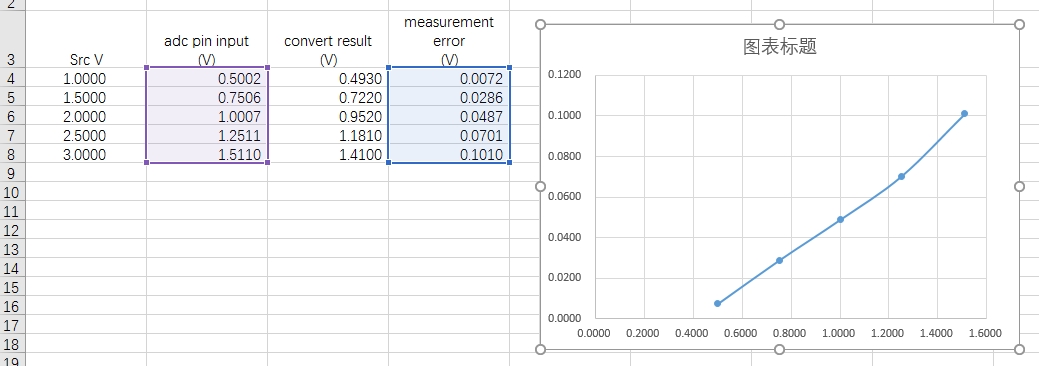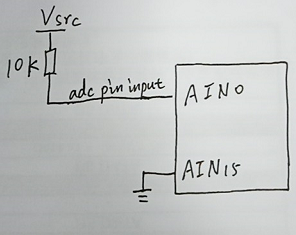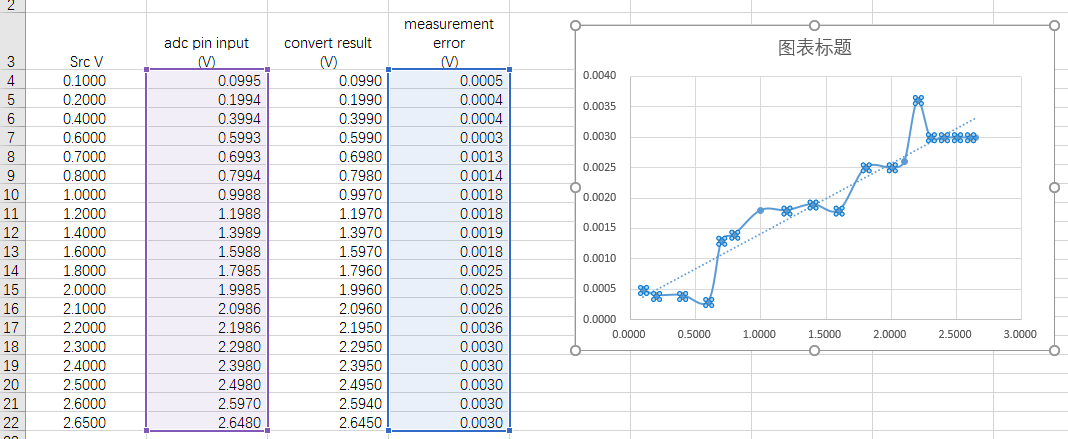The sch is below.
Test enviromnet:
1. Crystal select: 32.768 kHz
2. AVDD: +5V, AVSS: 0V, VREFP: +2.5V, VREFN: 0V
3. Work mode: fix mode,
4. Channel select: P: AIN0 (adc sample input), N: AIN15(connect to GND)
5. Registe confog:
Test Case:
case 1: 10K/1K
case 2: 10K/10K
case 3: 10K/∞


